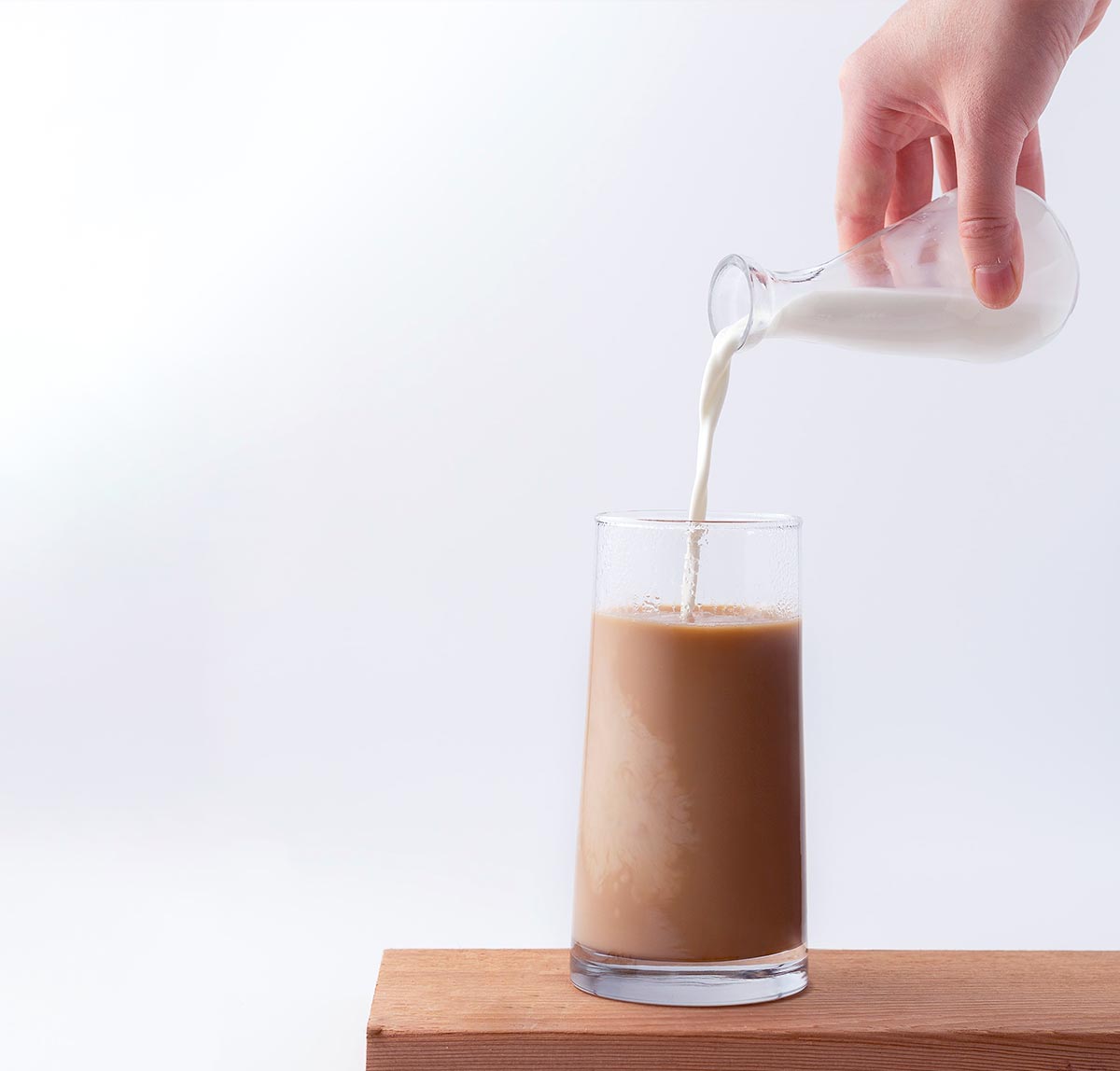For years, sports drinks dominated the post-workout recovery conversation, but chocolate milk has emerged as an unexpected contender. The initial buzz started with research comparing chocolate milk to traditional recovery drinks, showing promising results in endurance athletes. But does the science really support chocolate milk as the superior post-exercise fuel? Let’s explore the research, nutritional components, and potential drawbacks.
The Science Behind Milk as a Recovery Drink
The first major study to highlight chocolate milk’s potential as a recovery drink was conducted in 2006, involving nine cyclists who exercised to exhaustion before consuming either chocolate milk, Gatorade, or another protein-containing recovery beverage. The findings revealed that those who consumed chocolate milk performed as well or better than those using traditional sports drinks, raising curiosity about its effectiveness.
Since then, multiple follow-up studies have reinforced the idea that chocolate milk provides an optimal blend of carbohydrates, protein, and electrolytes for recovery. A study conducted by the University of Texas found that endurance athletes who drank chocolate milk post-workout performed better in subsequent exercise sessions compared to those consuming carbohydrate-only sports drinks. Additionally, research published in the *Journal of the International Society of Sports Nutrition* supports the notion that the 3:1 to 4:1 carbohydrate-to-protein ratio in chocolate milk enhances muscle recovery and glycogen replenishment.
Why the Carbohydrate-Protein Ratio Matters
One of the key reasons chocolate milk has gained traction as a recovery drink is its macronutrient composition. The balance of carbohydrates and protein plays a crucial role in muscle repair and glycogen restoration. Carbohydrates replenish energy stores, while protein supplies essential amino acids for muscle repair and growth.
Compared to sports drinks that primarily offer carbohydrates and electrolytes, chocolate milk provides:
- A 3:1 to 4:1 carbohydrate-to-protein ratio, which has been shown to optimize muscle recovery.
- Casein and whey proteins, both of which support muscle protein synthesis.
- Electrolytes like sodium, calcium, and potassium that aid in hydration and muscle function.
Additionally, the natural sugars in chocolate milk help accelerate glycogen resynthesis, making it an efficient recovery option for endurance athletes and strength trainers alike.
Chocolate Milk vs. Other Recovery Drinks
When compared to alternatives like plain milk, soy milk, and commercial sports drinks, chocolate milk often emerges as the superior choice due to its nutrient profile. White milk, while rich in protein, lacks the necessary carbohydrates to effectively restore glycogen levels post-exercise. On the other hand, soy milk, despite offering a plant-based protein option, does not contain the same muscle-repairing properties as dairy proteins, which are absorbed more efficiently.
Meanwhile, popular sports drinks like Gatorade provide quick-digesting carbohydrates and electrolytes but lack the protein necessary for muscle repair. This makes them less effective for full-body recovery, particularly after prolonged or intense workouts.
The Potential Downsides of Chocolate Milk
While chocolate milk offers many benefits, it is not without its drawbacks. Athletes and individuals considering it as their go-to recovery drink should be mindful of the following:
- **High Sugar Content**: Some commercial chocolate milk brands contain added sugars, which can contribute to excess calorie intake if not balanced with exercise.
- **Lactose Intolerance**: Many individuals experience digestive discomfort due to lactose intolerance, making dairy-based recovery drinks unsuitable.
- **Quality Concerns**: Not all chocolate milk is created equal. Some brands contain artificial additives, stabilizers, and preservatives that may not align with a clean, whole-food-based diet.
For those looking to avoid added sugars and artificial ingredients, homemade versions using unsweetened cocoa powder and natural sweeteners like honey or dates may offer a healthier alternative.
How and When to Use Chocolate Milk for Optimal Recovery
Timing plays a critical role in post-workout nutrition. To maximize the benefits of chocolate milk as a recovery drink, experts recommend consuming it within 30 to 60 minutes post-exercise. This window is when the body is most efficient at replenishing glycogen stores and repairing muscle tissue.
Chocolate milk is particularly effective after:
- Endurance training lasting longer than 60 minutes.
- High-intensity interval training (HIIT) sessions.
- Strength training workouts that involve heavy resistance exercises.
For athletes engaging in multiple training sessions per day, integrating chocolate milk into their nutrition plan may help sustain energy levels and reduce muscle soreness.
While research consistently supports chocolate milk as an effective recovery drink, it is not necessarily the best choice for everyone. Athletes who tolerate dairy well and need a convenient, cost-effective post-workout option may find it beneficial. However, those with dietary restrictions or preferences for plant-based nutrition might opt for alternatives such as almond or soy-based recovery drinks supplemented with protein.
Ultimately, recovery nutrition should be tailored to individual needs. Factors such as workout intensity, duration, dietary preferences, and personal tolerance to dairy all play a role in determining the ideal post-exercise fuel.











